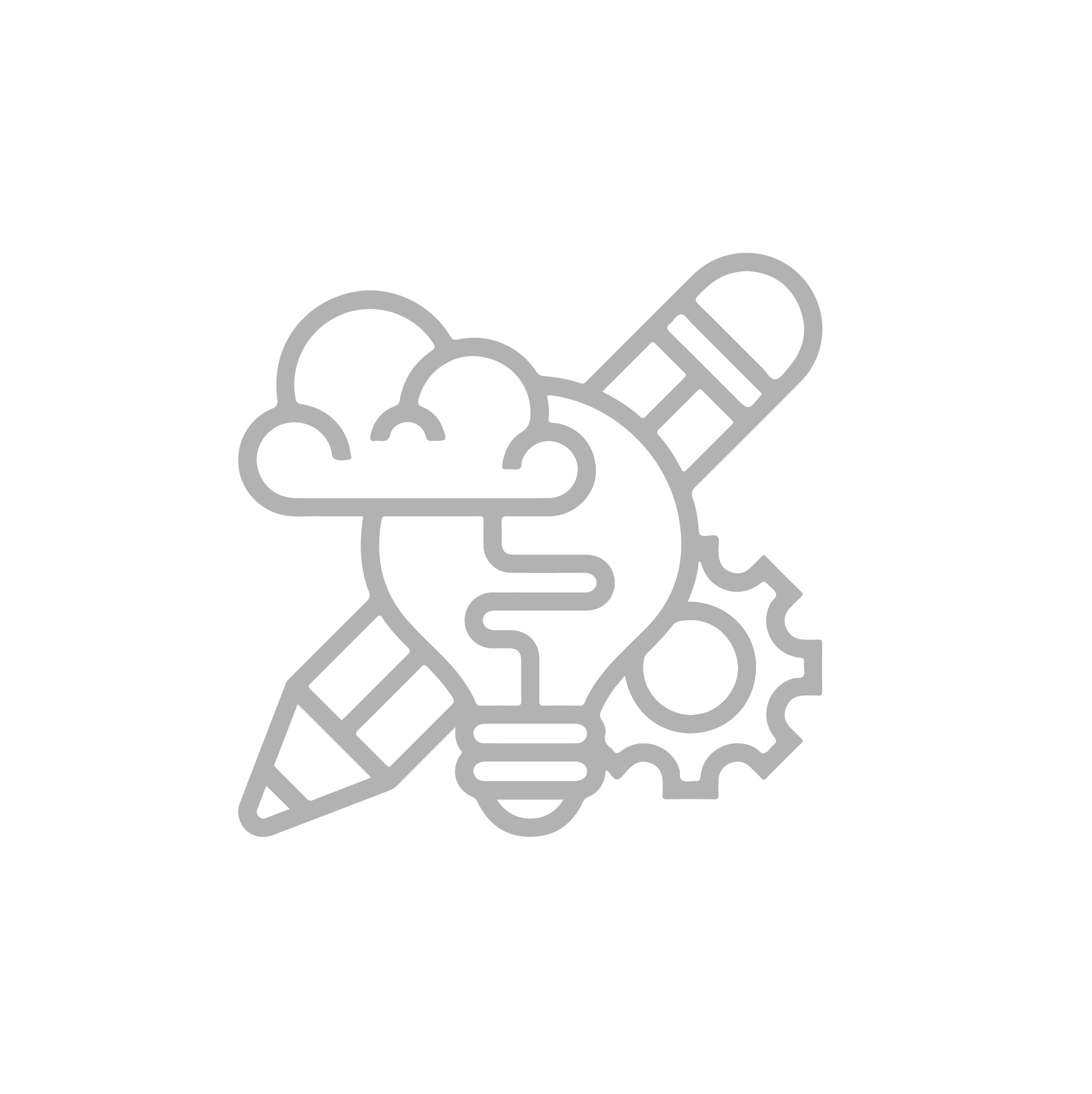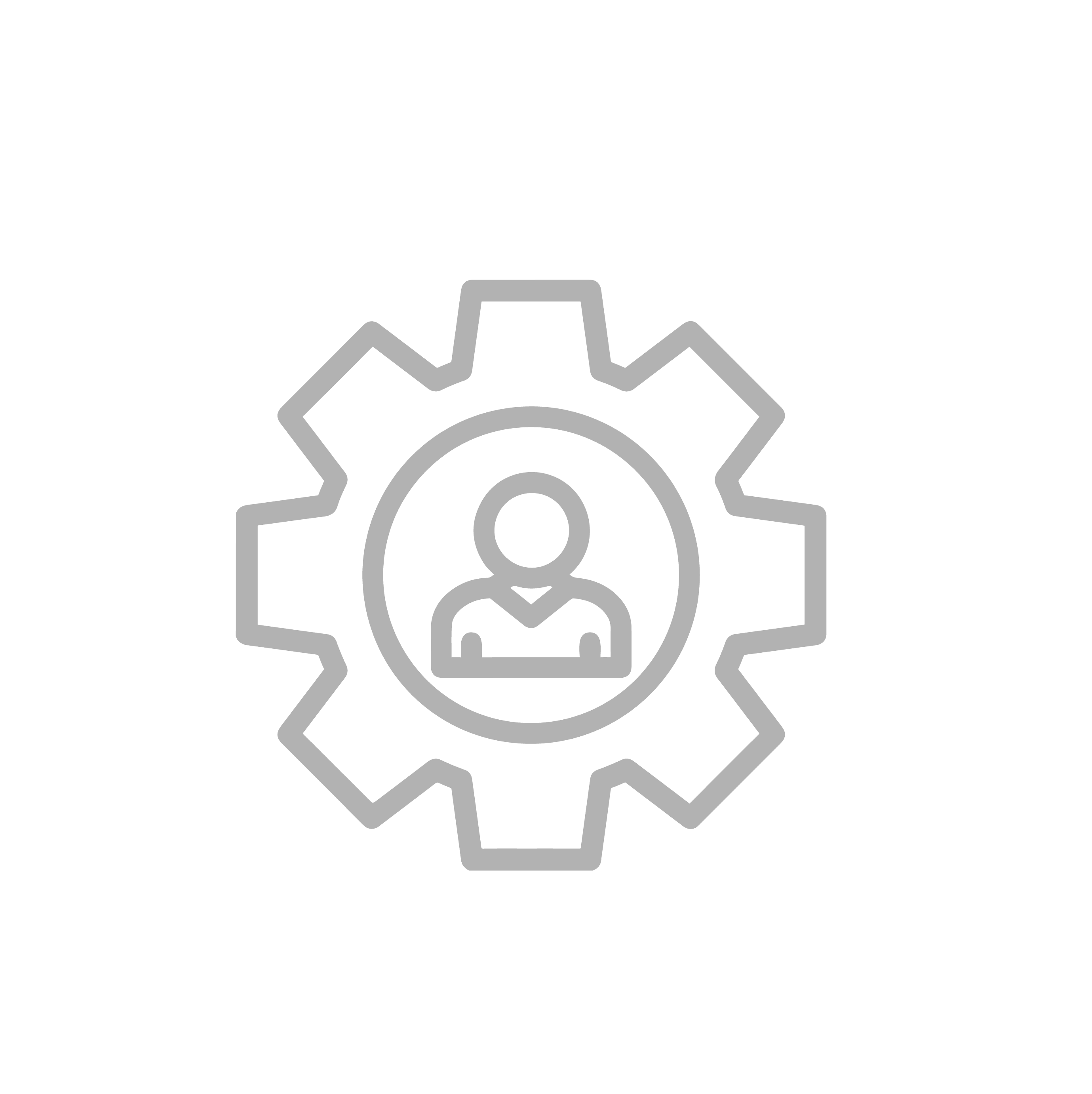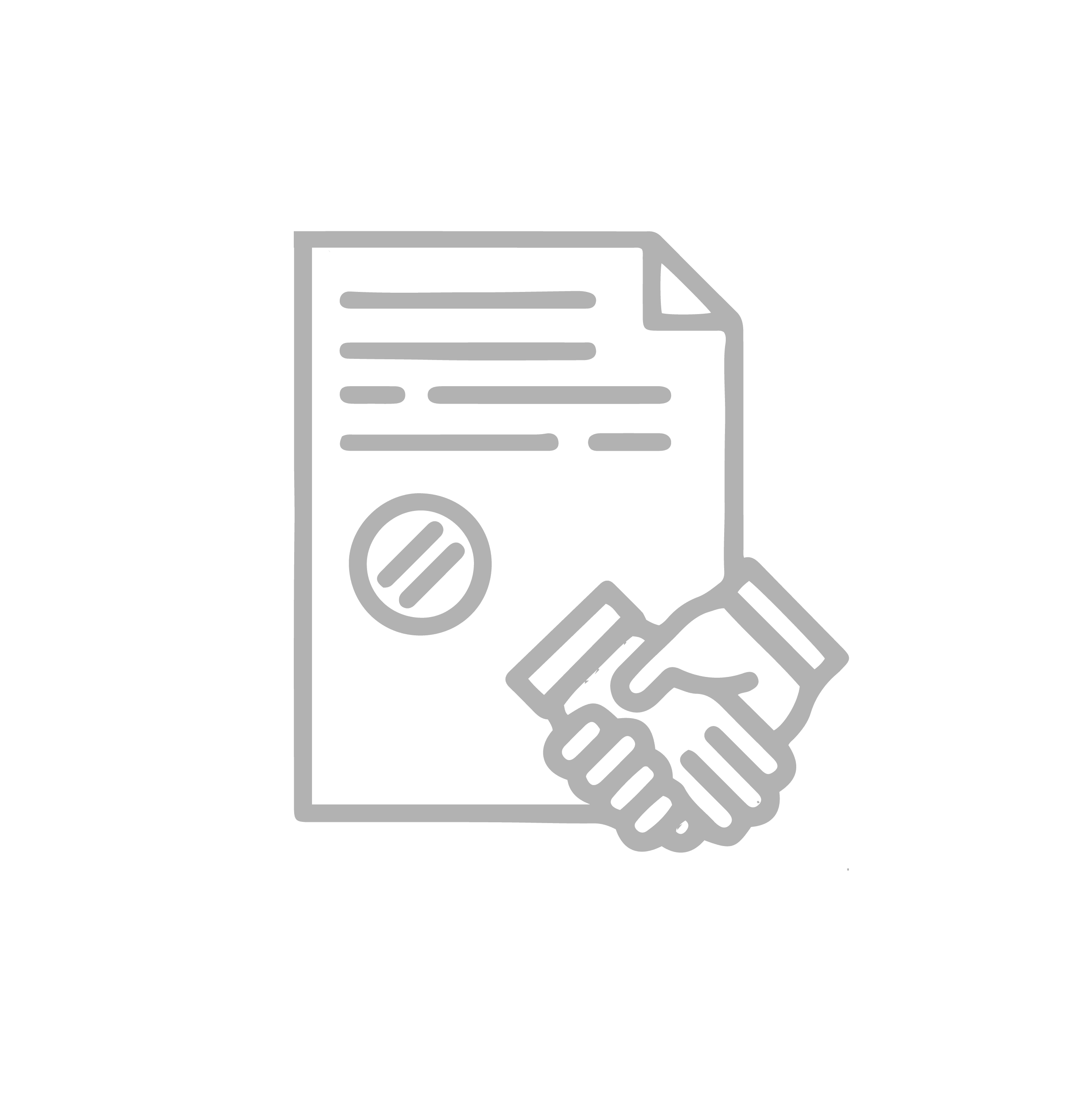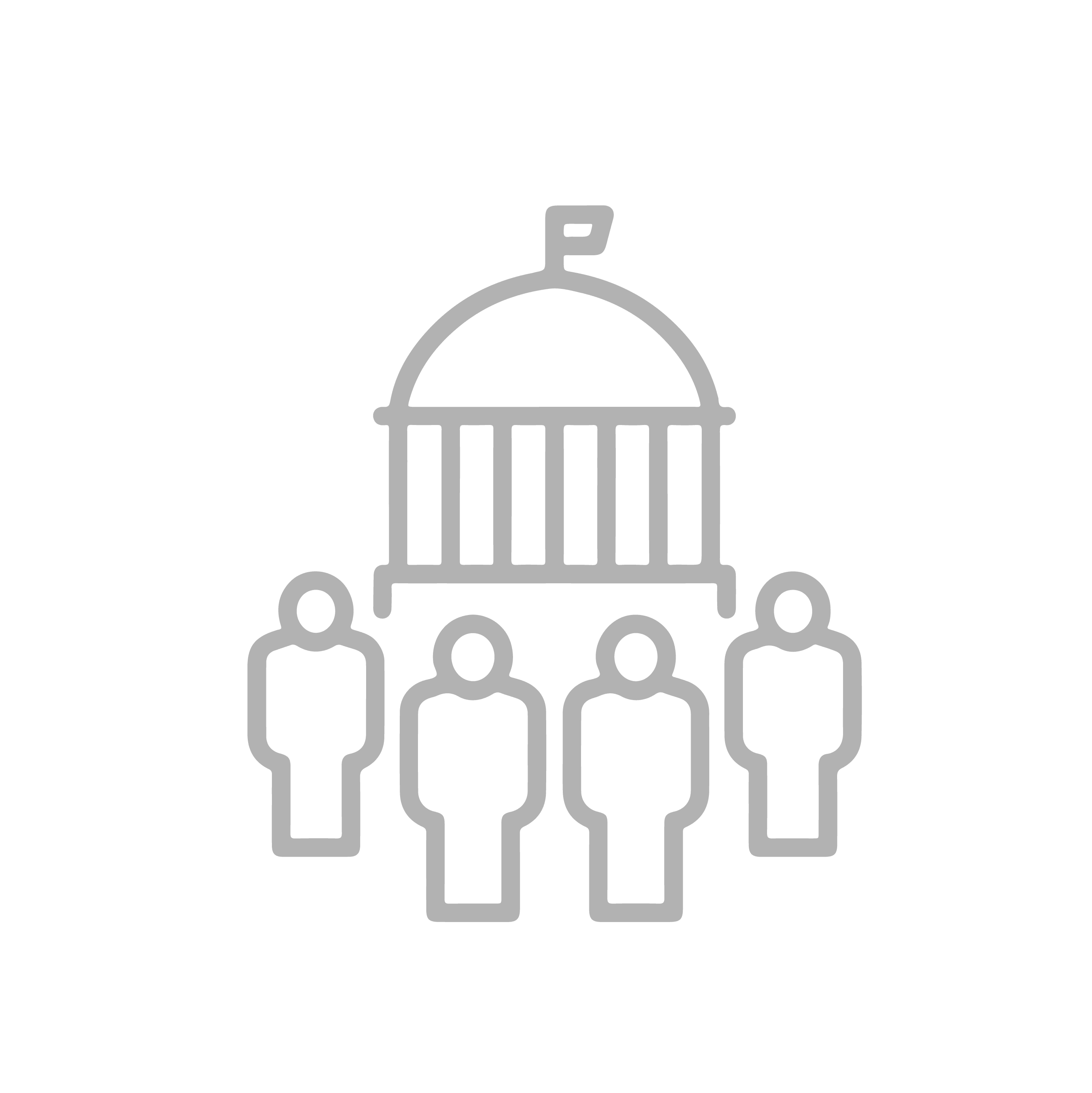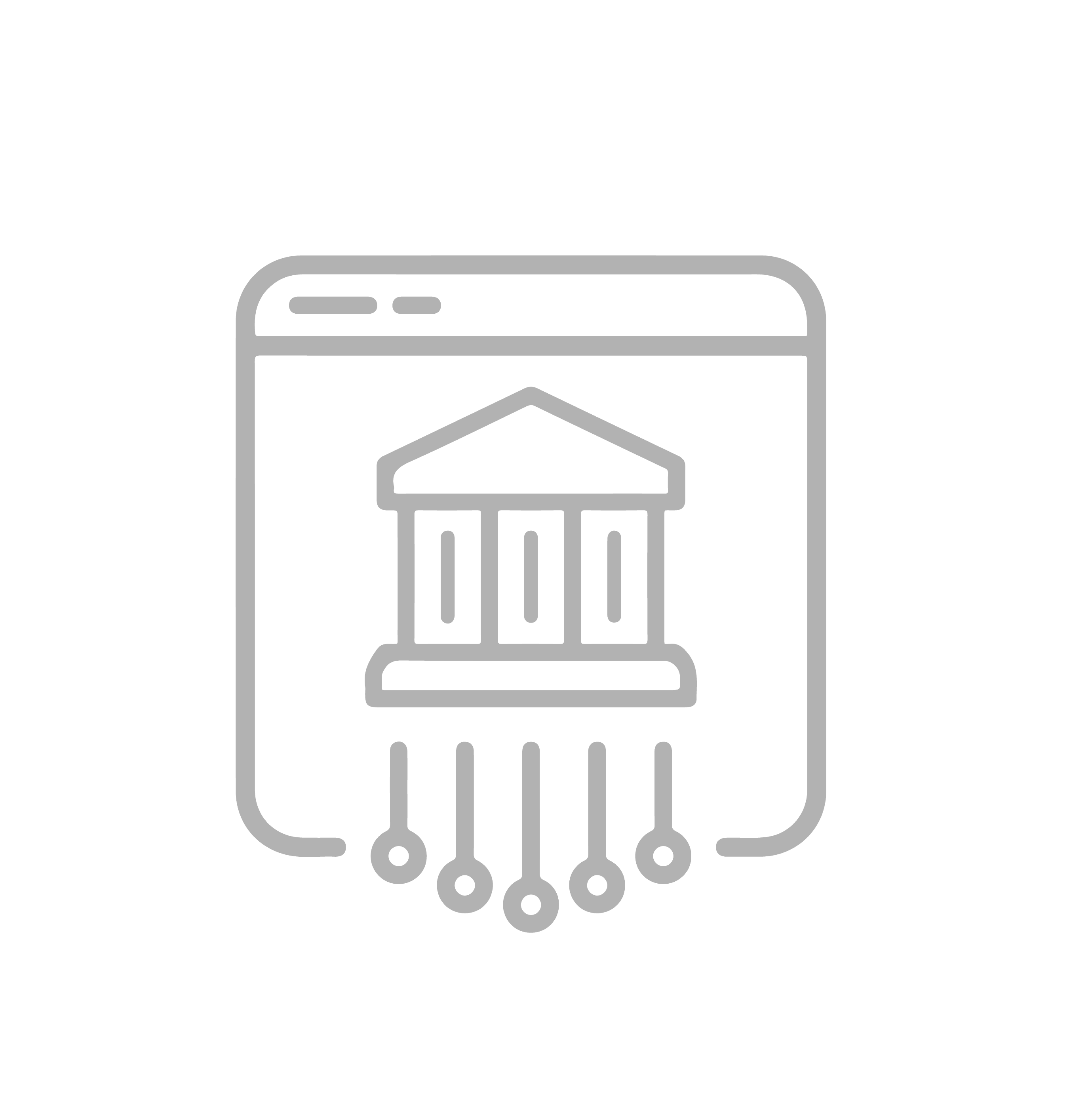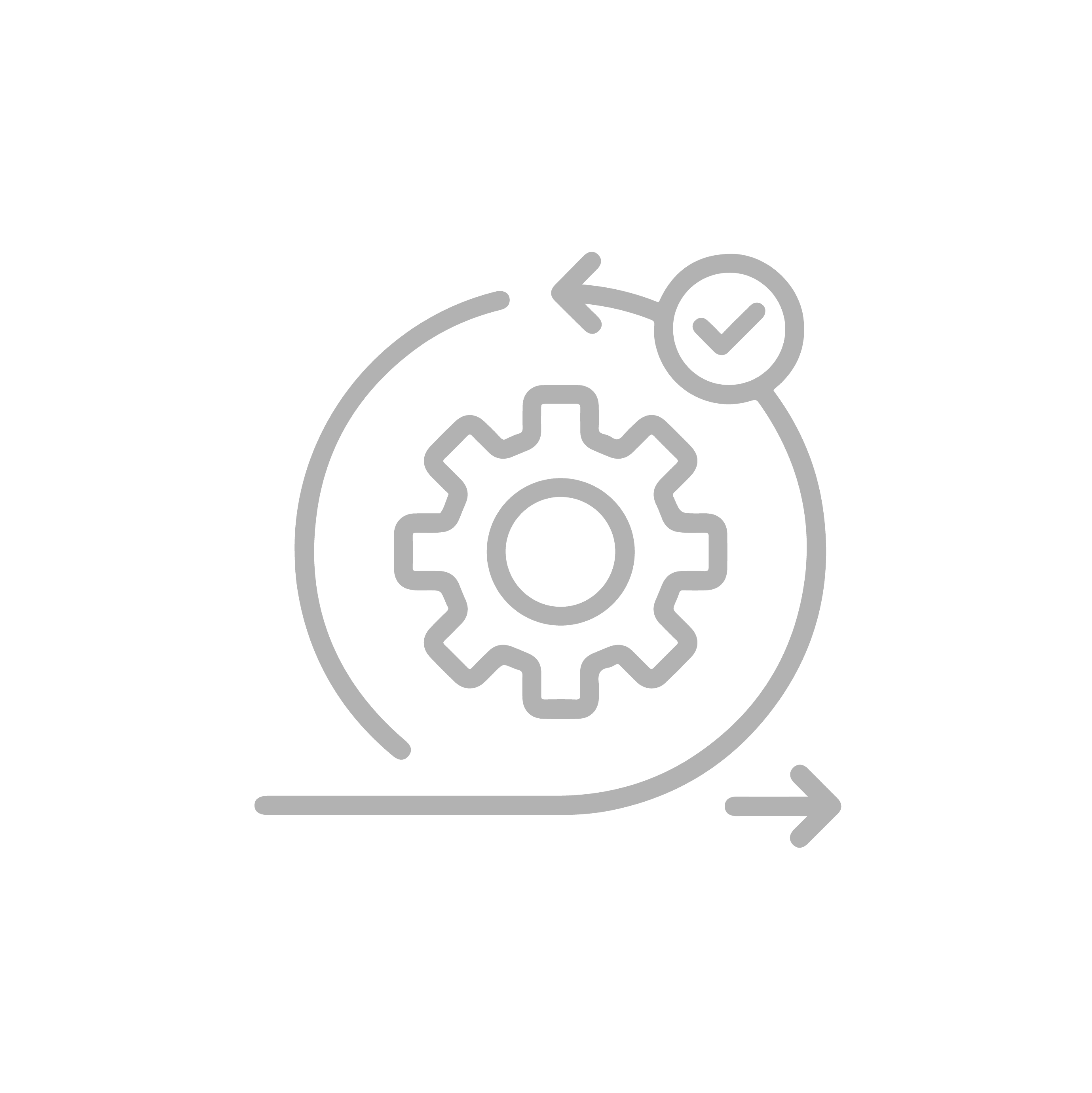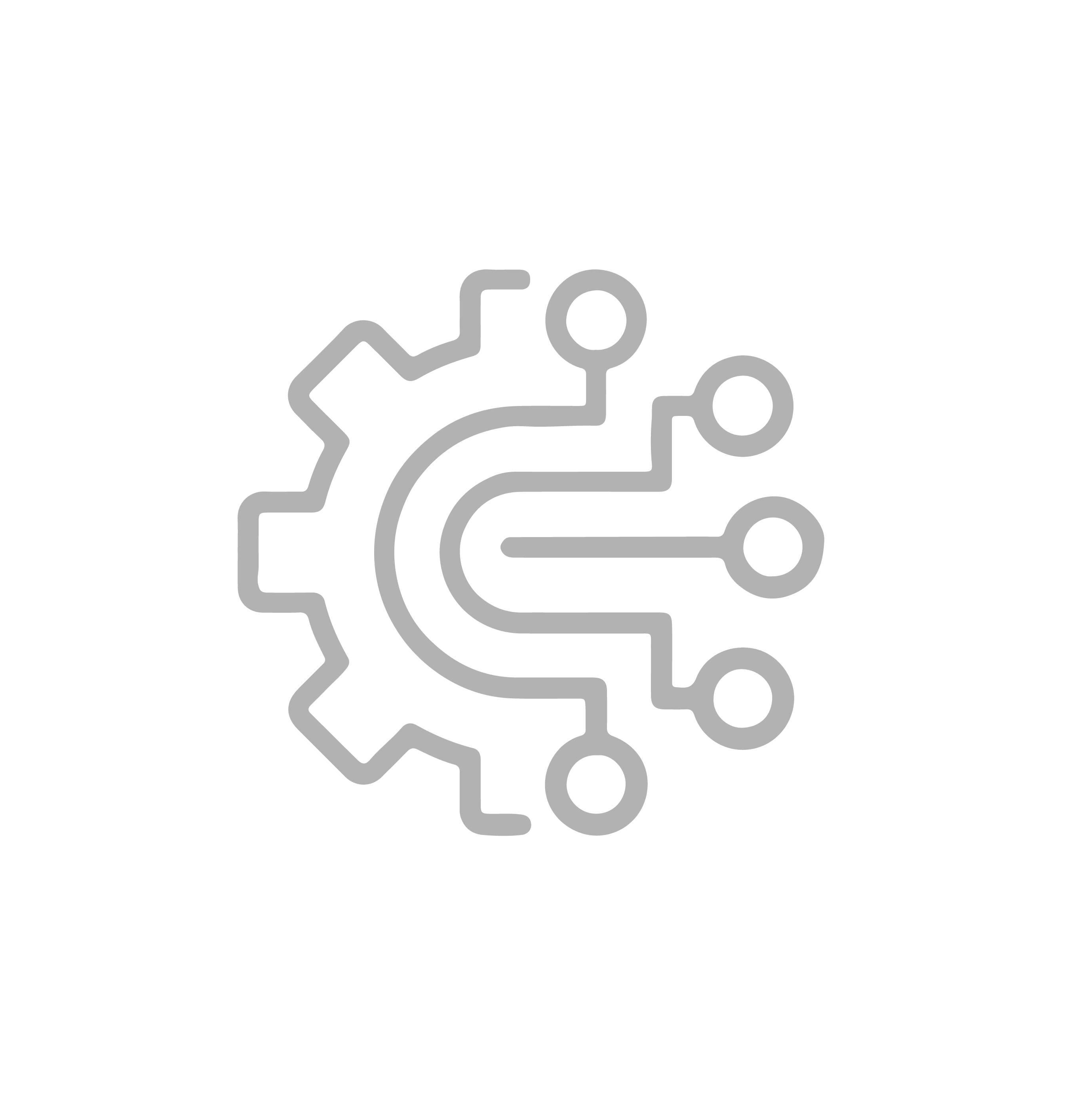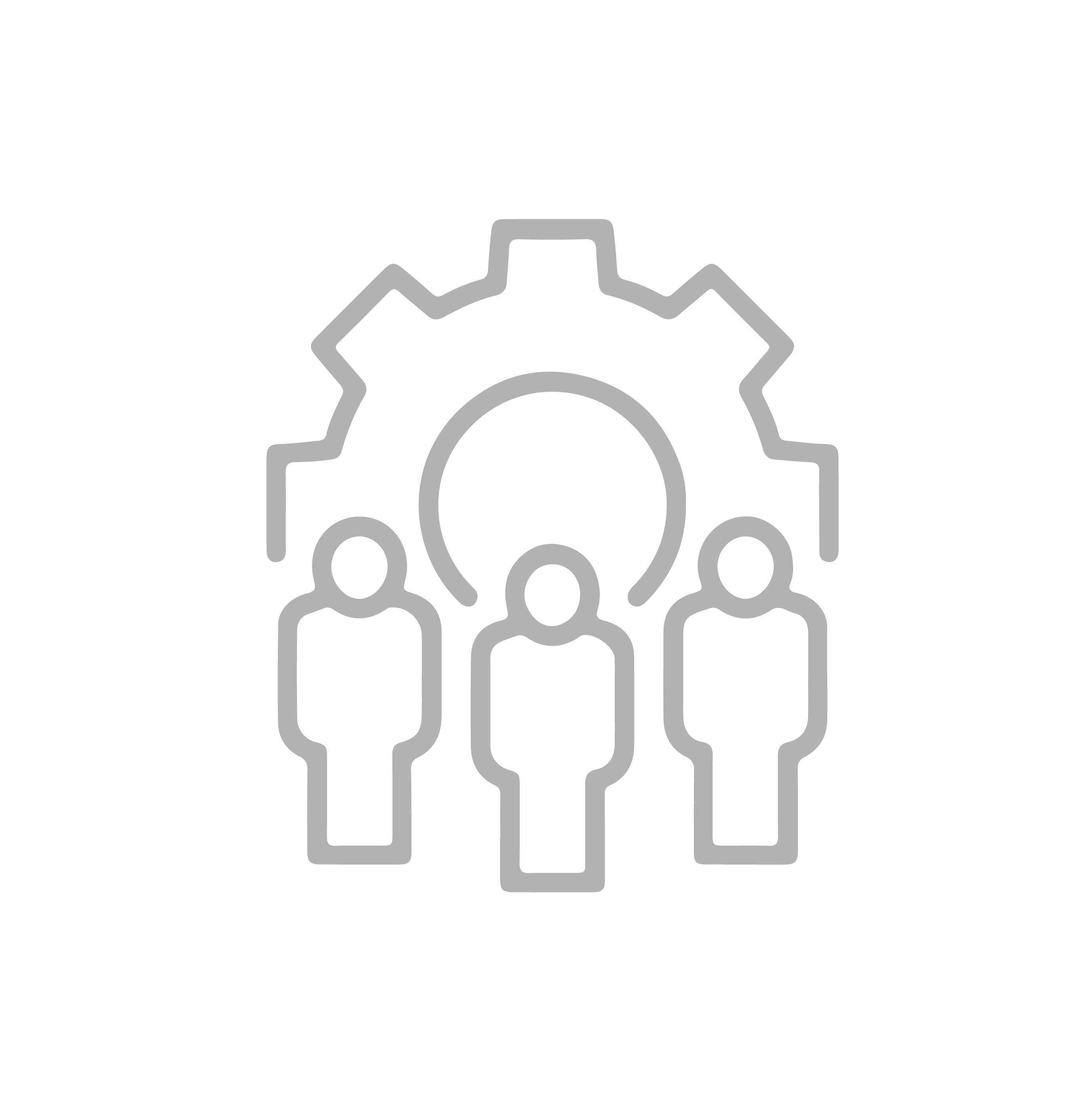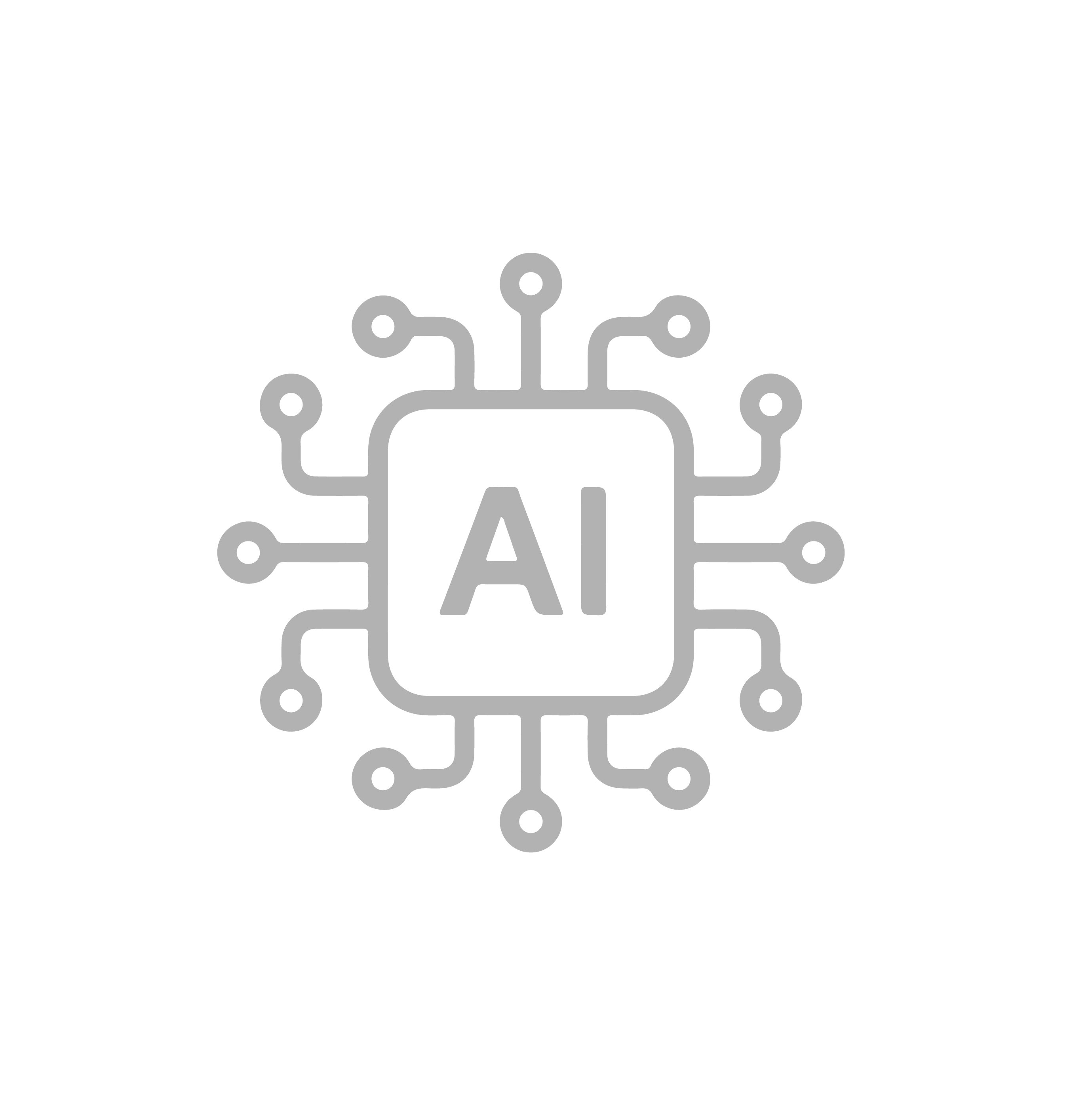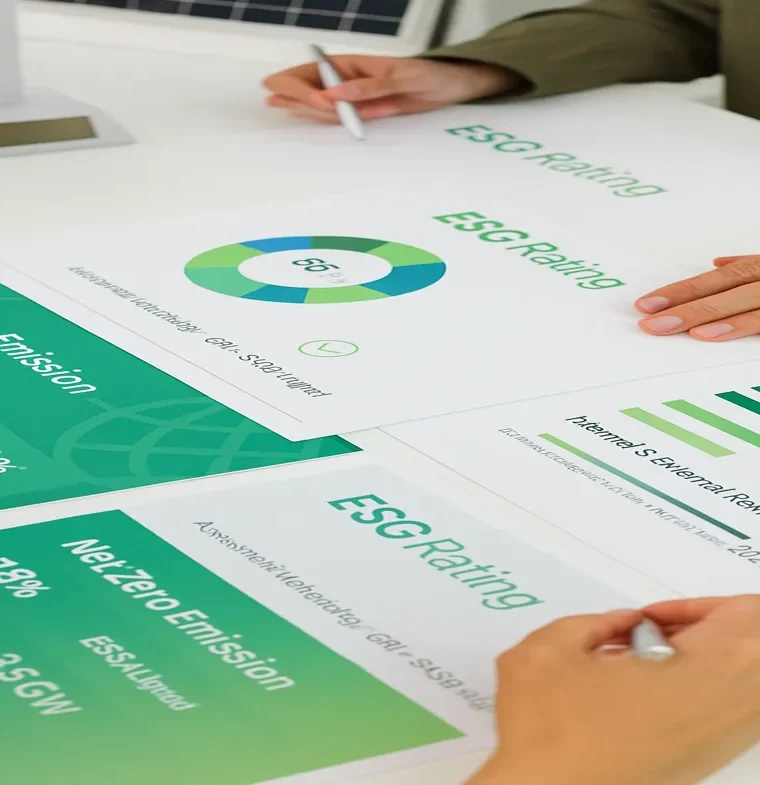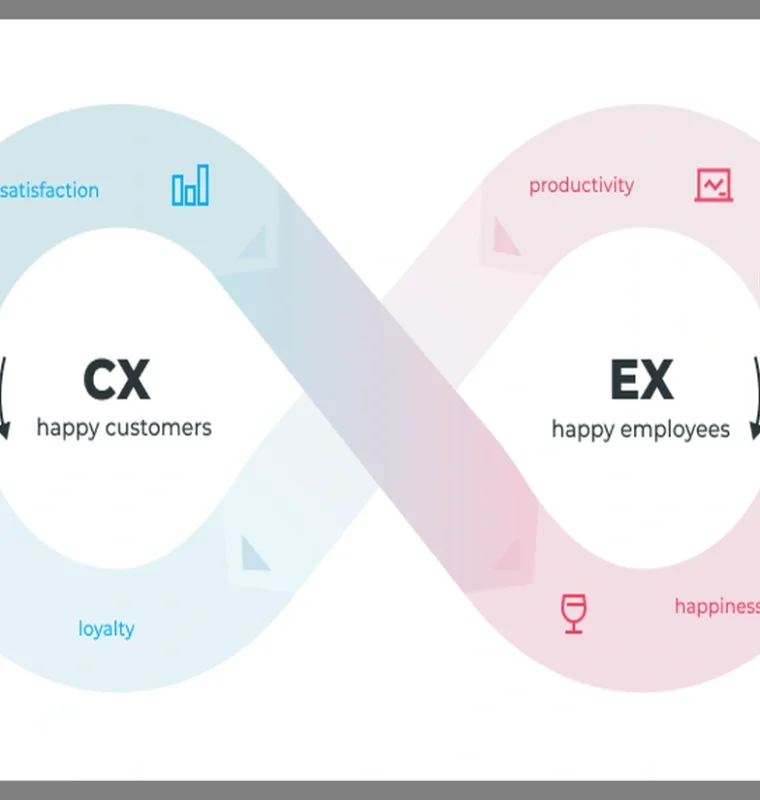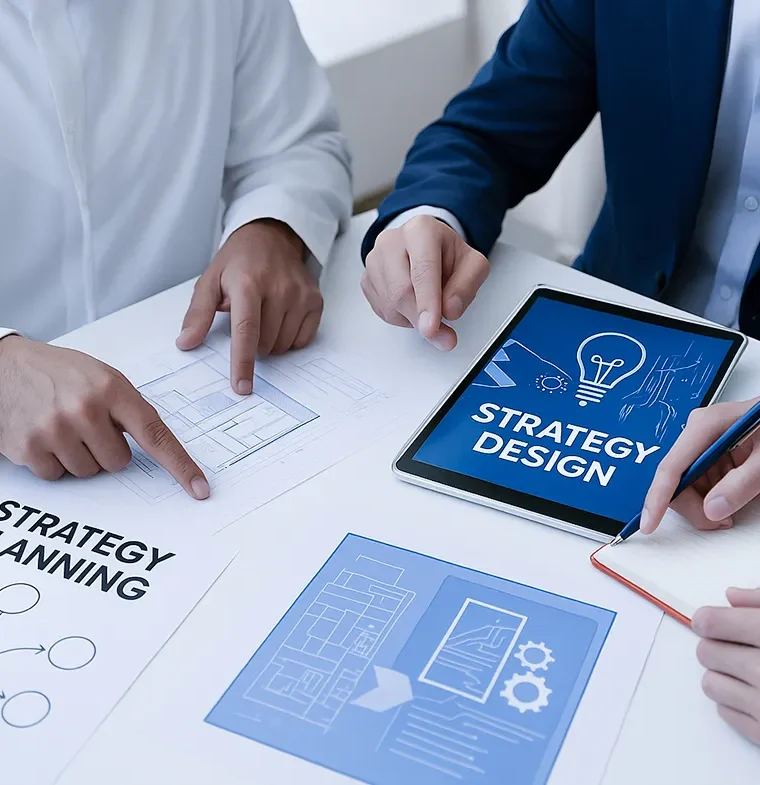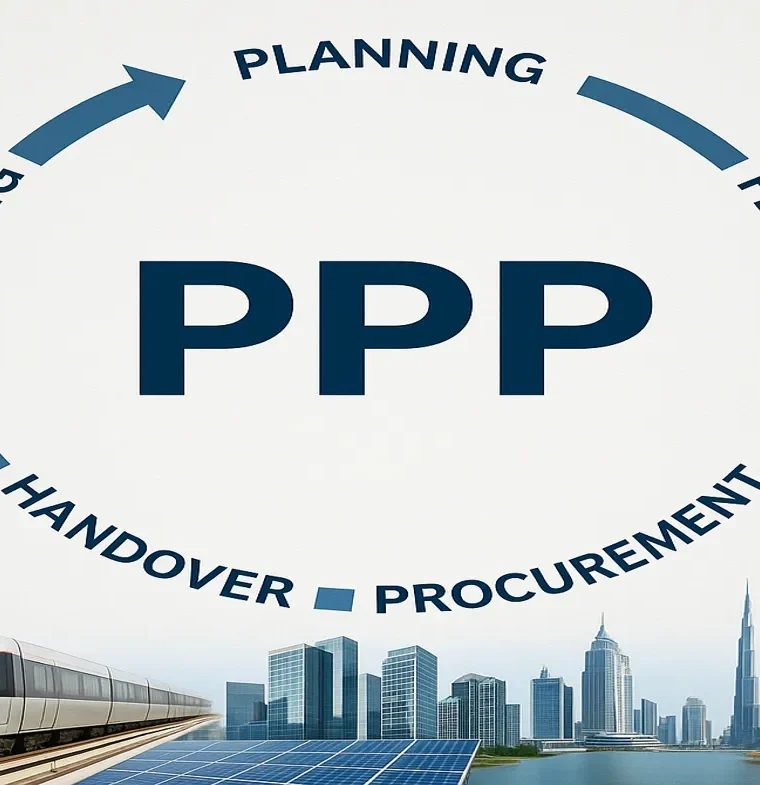Introduction: Bridging the Gap Between Foresight and Action
Organizations increasingly rely on future foresight tools—scenario planning, trend analysis, and forecasting—to anticipate disruptions and opportunities. However, many foresight initiatives fail to generate real impact because they focus on exploration without a clear path to execution. The issue lies not in the tools themselves but in their overuse without a clear strategy to drive actionable change.
Impact-based future design addresses this shortcoming by translating insights into concrete strategies, systems, and processes. This approach ensures that organizations do more than predict the future; they actively shape it. This article examines the limitations of foresight studies and demonstrates how impact-based future design bridges the gap through execution-focused strategies.
The Limits of Traditional Foresight Tools
While foresight is crucial for identifying future trends, over-reliance on these tools leads to ineffective strategies. The key reasons foresight studies often fail to achieve impact include:
- Exploration Without Execution: While foresight tools aid in exploring scenarios, they seldom offer clear roadmaps for action. Without clear next steps, organizations struggle to act on insights.
- Abstract Insights: High-level foresight insights often lack direct application to immediate challenges, making implementation difficult.
- Lack of Ownership: Foresight studies frequently remain siloed within strategy teams, limiting their influence on operations and decision-making.
- Weak Link to Strategy: Many foresight exercises focus on long-term trends but fail to align them with current organizational goals, reducing their practical relevance.
To address these challenges, organizations must shift from foresight to future design—moving beyond scenario planning to building structured pathways toward desirable futures.
What Is Impact-Based Future Design?
Impact-based future design moves beyond speculation by focusing on implementation. Unlike foresight, which asks “What if?”, future design emphasizes “What now?” and “How do we get there?”
Key characteristics of future design include:
- Action-Oriented: Unlike traditional foresight, future design emphasizes clear, actionable strategies.
- Stakeholder-Centric: Involves key stakeholders to align strategies with practical needs and real-world challenges.
- Iterative and Adaptive: Recognizes that the future is dynamic and requires continuous reassessment.
- Focus on Measurable Impact: Ensures that strategies produce tangible, trackable outcomes.
By embedding these principles, future design transforms speculative insights into structured, goal-driven action plans.
How Future Design Creates Tangible Impact
Impact-based future design ensures that foresight insights are converted into real-world strategies. Key elements include:
- Linking Foresight to Strategy: Aligns future trends with current organizational goals, making them actionable rather than theoretical.
- Prototyping the Future: Develops pilot projects, product designs, or operational changes to test and refine strategies in real time.
- Engaging Stakeholders: Involves employees, customers, and partners to ensure strategies are relevant and feasible.
- Building Adaptive Frameworks: Establishes flexible structures that allow organizations to pivot as new information emerges.
Steps to Implement Impact-Based Future Design
To successfully adopt future design, organizations should follow these steps:
- Start with Foresight—But Go Beyond It
Conduct scenario planning and trend analysis—but treat them as a foundation for action, not the final step. - Define Your Desired Future and Impact
Establish a clear vision linked to measurable outcomes. Define what success looks like in the short, medium, and long term. - Engage Stakeholders in Co-Design
Involve employees, customers, and partners in shaping future strategies to ensure alignment with practical needs. - Develop Actionable Strategies
Translate insights into concrete initiatives with clear steps, timelines, and resource allocation. - Prototype, Test, and Iterate
Implement pilot programs, gather feedback, and refine strategies before full-scale deployment. - Measure and Adjust
Establish key performance indicators (KPIs) to track progress and continuously adapt strategies as needed.
Overcoming Challenges in Future Design
Despite its benefits, future design comes with challenges:
- Resistance to Change: Employees and stakeholders may resist transformation efforts. Overcoming this requires strong leadership and clear communication of benefits.
- Difficulty in Measuring Long-Term Impact: Organizations should develop both short- and long-term success metrics to track progress effectively.
- Balancing Innovation with Practicality: Future design should balance ambition with feasibility, ensuring visionary strategies translate into action.
Key Takeaways: Designing a Future That Matters
- Move Beyond Foresight: Relying solely on foresight tools can leave organizations as passive observers rather than active shapers of change.
- Adopt a Proactive Approach: Impact-based future design translates insights into real-world strategies, ensuring tangible outcomes.
- Prioritize Action and Engagement: Success requires a focus on execution, stakeholder involvement, and continuous refinement.
- Enhance Resilience and Competitiveness: Organizations that embrace future design can adapt more effectively, maintain a competitive edge, and drive meaningful societal impact.



